(ECNS) -- China is famous for its delicate porcelain, and the city that represents the peak of porcelain making is Jingdezhen, which lies in the northeastern part of Jiangxi province.
Over the past thousand years, a unique handmade porcelain production system has been formed here, creating a glorious history in Chinese porcelain making.
Porcelain making in Jingdezhen originated in the Five Dynasties Period (907-960) and began to take shape during the Song Dynasty (960-1279).
In the following Ming and Qing dynasties (1360-1911), Jingdezhen gradually developed into a porcelain capital where many famous workshops emerged, laying a solid foundation for the final standard of the porcelain making industry.
The key processes of making Jingdezhen porcelain include wheel throwing, fine trimming, glazing, painting, and firing.
During wheel throwing, craftsmen place clay on a spinning base and transform it into shapes. Then various tools are used to rub and polish the clay body to ensure even thickness.
The glaze, made up of quartz, kaolin and other minerals, is applied to make the porcelain glow.
Decorative patterns or Chinese characters are painted on the clay body as well. Firing is the last key precedure, which takes at least 24 hours.
Jingdezhen porcelain is dubbed "as fine as jade, as bright as a mirror, as thin as paper, and as tuneful as a bell."
The four classic types of Jingdezhen porcelain include blue-white porcelain, rice pattern porcelain, famille rose, as well as color-glazed porcelain.
The natural environment of Jingdezhen, including its mild climate and abundant clay resources, has helped make it the world's porcelain capital.








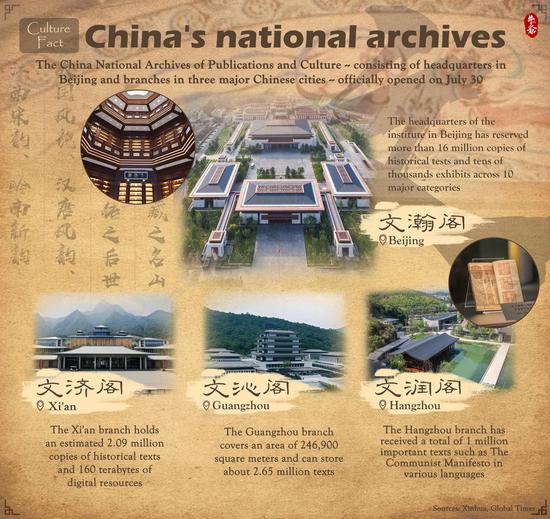

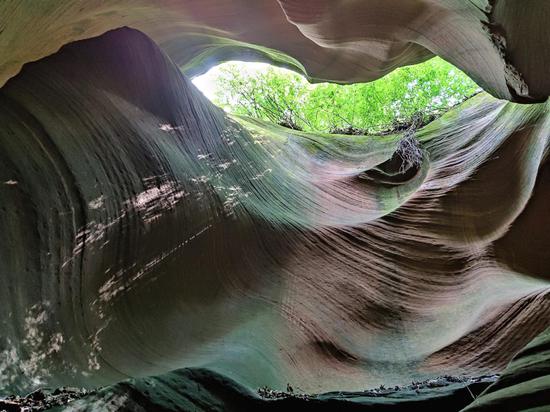

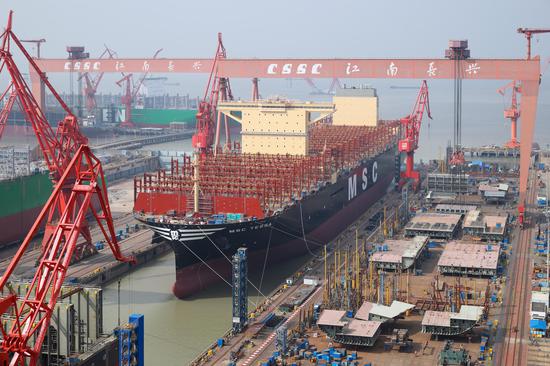
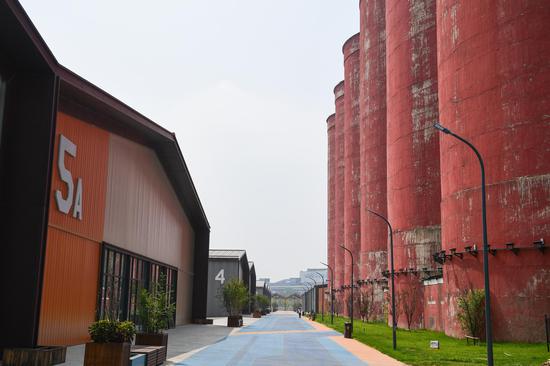
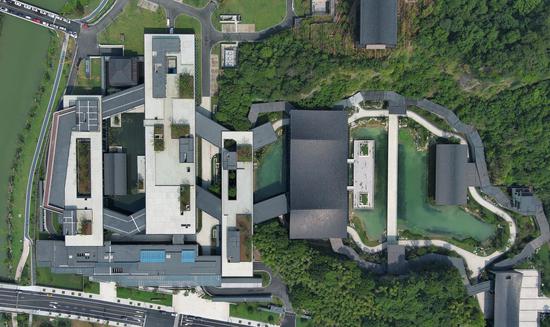

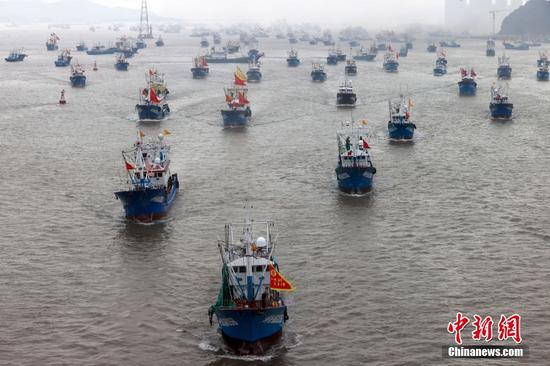


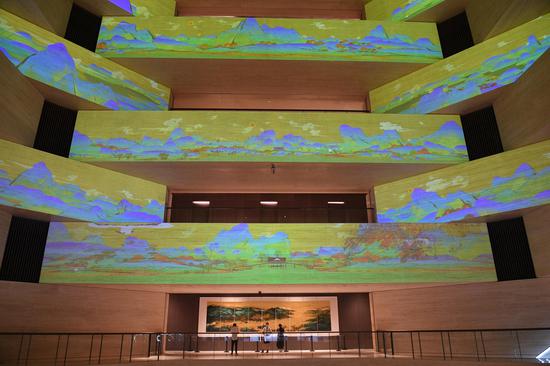

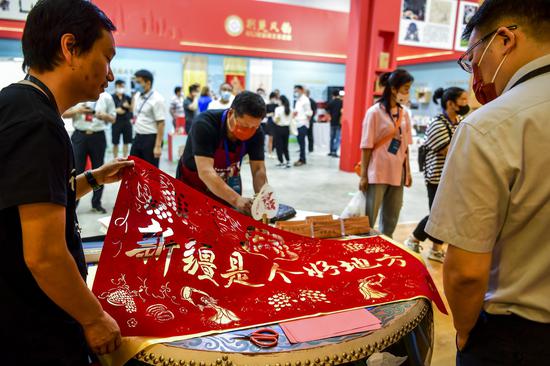





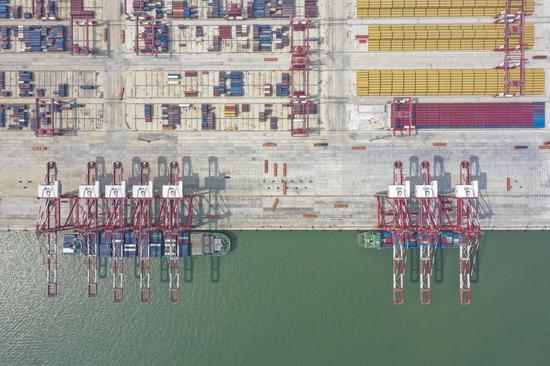


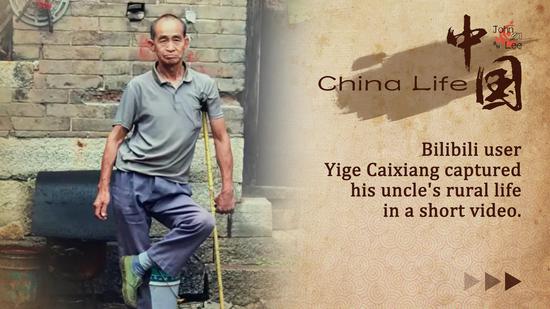


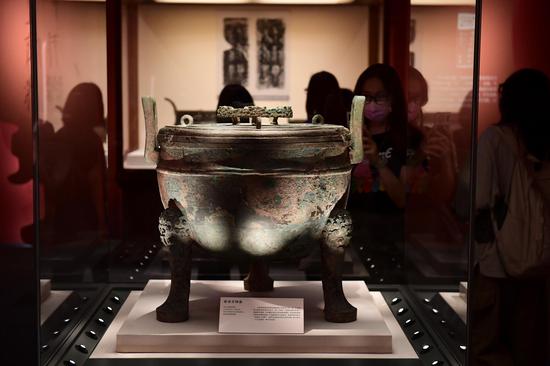

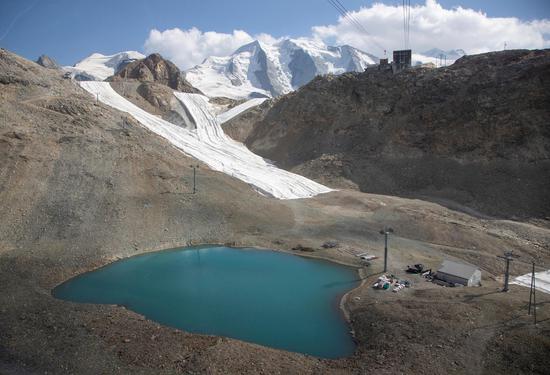
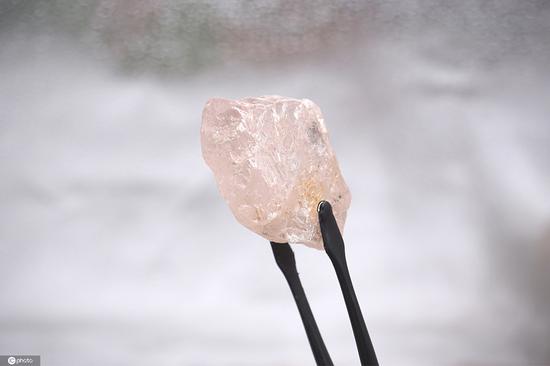
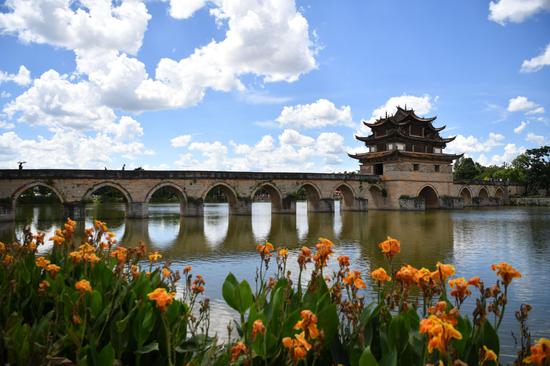

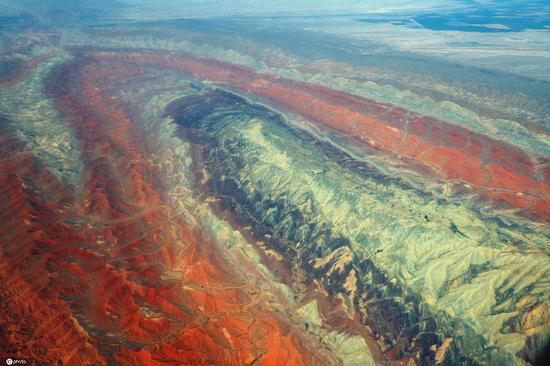

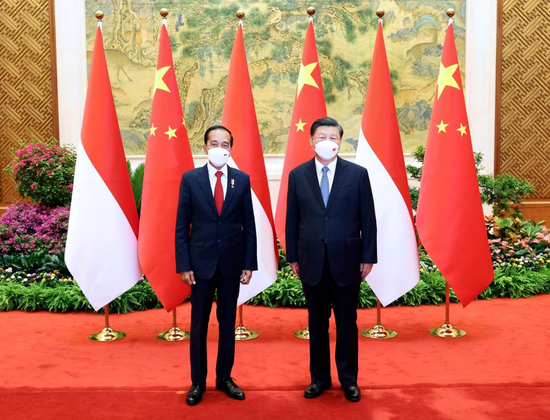
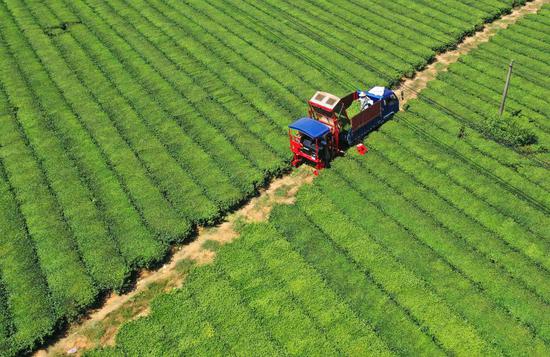
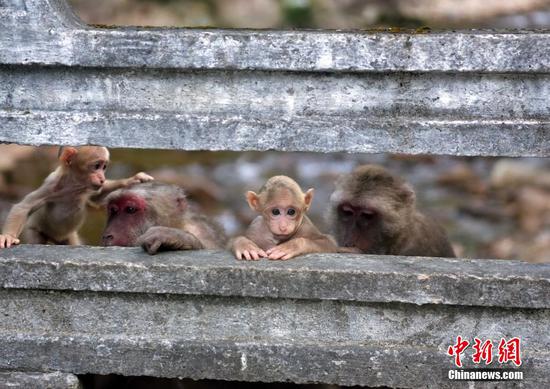




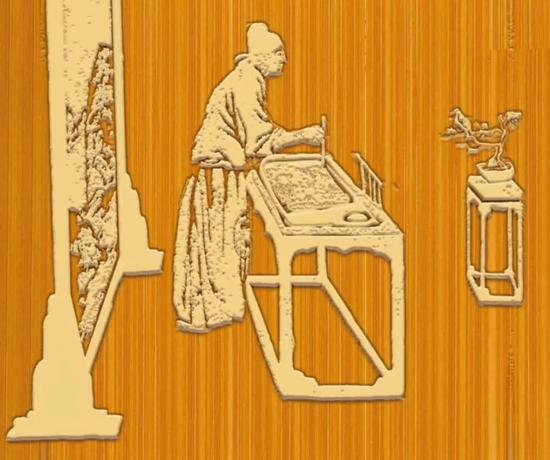

 京公网安备 11010202009201号
京公网安备 11010202009201号